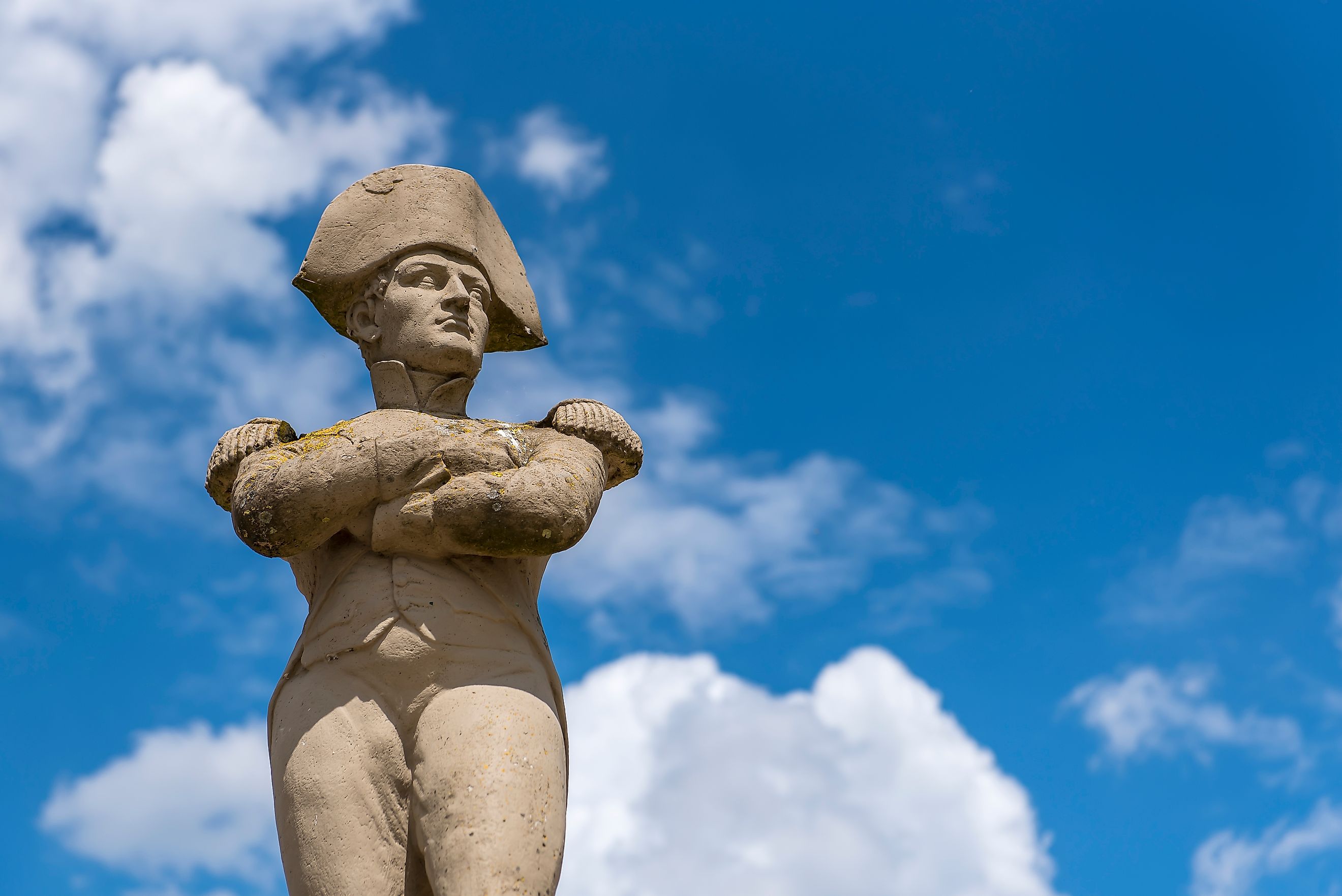
The Napoleonic Wars
Between three and six million people died during the Napoleonic Wars, which were a series of embattlements between France and neighboring kingdoms from 1803 to 1815. Back-to-back escalations were centered around the infamous Napoleon Bonaparte. A leader and military genius, Napoleon roused the French nation to rally against a series of incursions. Initially, the French fought for the purpose of self-defense, but in retrospect, it is clear that Bonaparte wanted a legacy of his own. No matter the cause, the Napoleonic Wars are a bloodstained era of human history worth studying and understanding.
Background
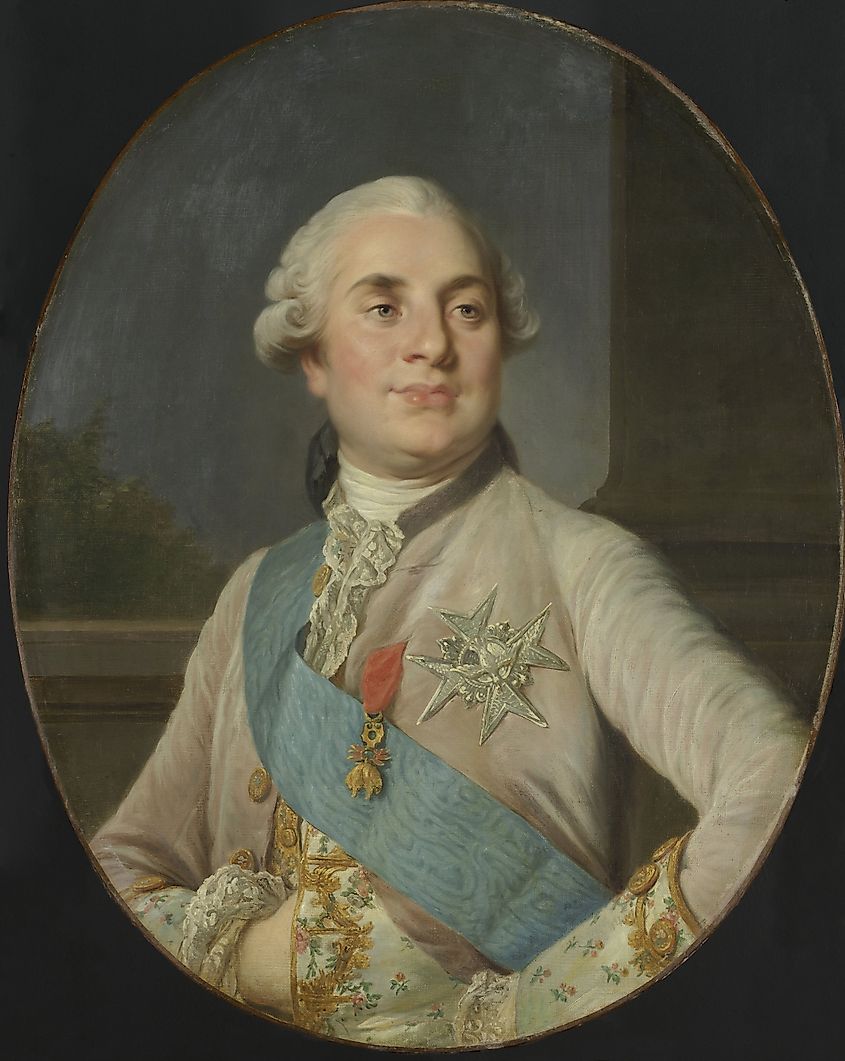
The monarchies of Europe had been challenged, and to show signs of weakness meant losing everything. After the French executed King Louis XVI in 1793, the feudal world order needed to extinguish the possibility of rebellion happening in their own domestic territories. Assault after assault ensued, and alliances formed between Russia, Britain, Prussia, Austria, and more. Napoleon had seized control of the French Republic and declared himself Emperor in 1804 following the First and Second Coalition Wars. With the collapse of the Treaty of Amiens in May of 1803, Britain declared war on France, and the era of the Napoleonic Wars began. With no turning back, France braced itself for more than a decade of war.
War of the Third Coalition
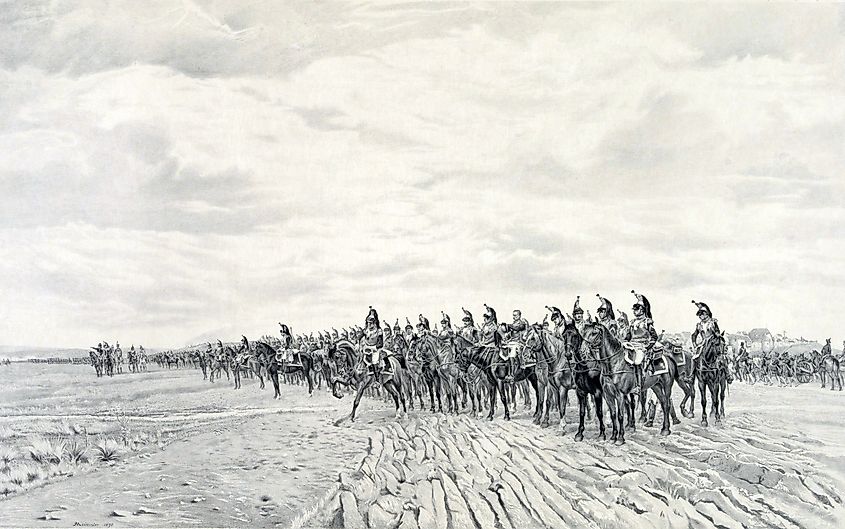
Several European counties joined forces after France executed Louis Antoine, Duke of Enghien, in 1804. The war became known as the War of the Third Coalition. The Holy Roman Empire, represented by Austria, failed to overcome Napoleon’s advance at the Battle of Ulm in 1805. Further loss at the Battle of Austerlitz resulted in the dissolution of the Holy Roman Empire. Upon French victory, the Confederation of the Rhine (modern-day Germany), a collection of adjacent vassal states of France, was established as a bastion against intrusion. France moved on to occupy Naples, but could not dispute British control of the seas.
War of the Fourth Coalition
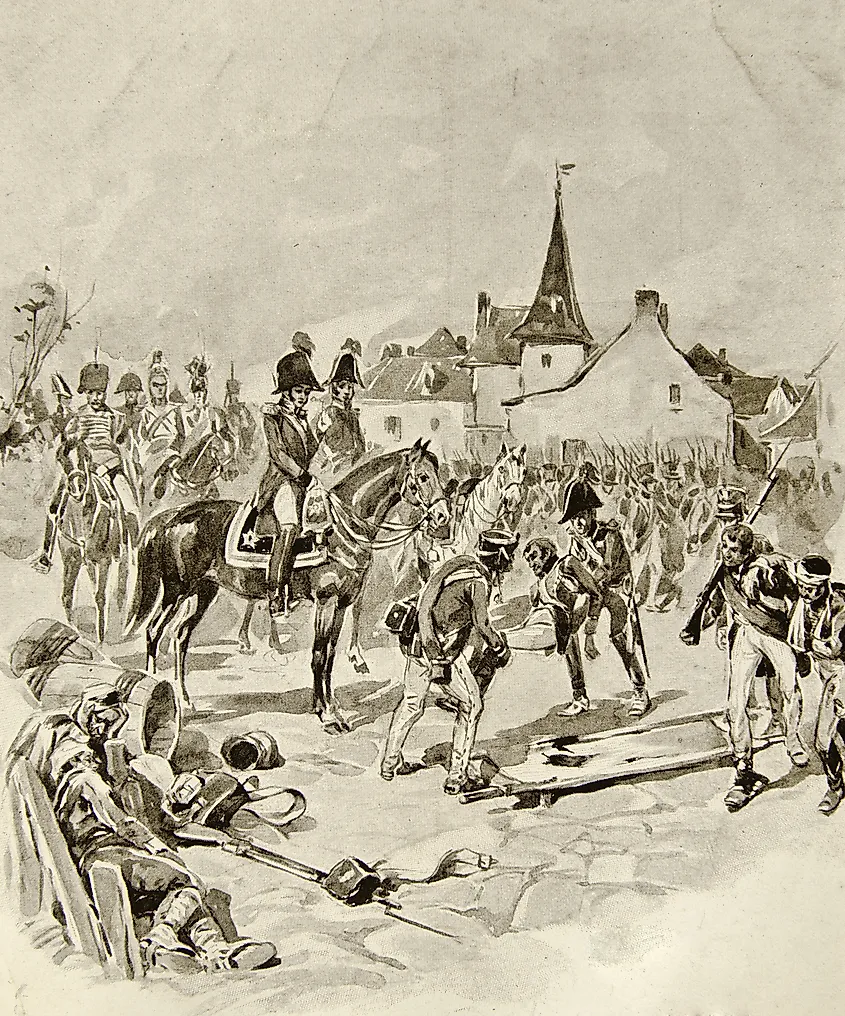
Only two years later, the War of the Fourth Coalition began. On October 9th, 1806, Prussia declared war on France but was subsequently obliterated at the Battle of Jena-Auerstedt by the 14th of October. France continued the momentum against the Russians -- an ally of Prussia. France fought viciously until Russia asked for a truce on June 17, 1807, known as the Treaty of Tilsit, ensuring momentary peace between the two nations. Napoleon continued to enforce the continental system: a collection of European states designed to wage economic warfare on Britain. With more vassal states like the Duchy of Warsaw in Napoleon’s pocket, France continued to grow in strength.
Peninsular War
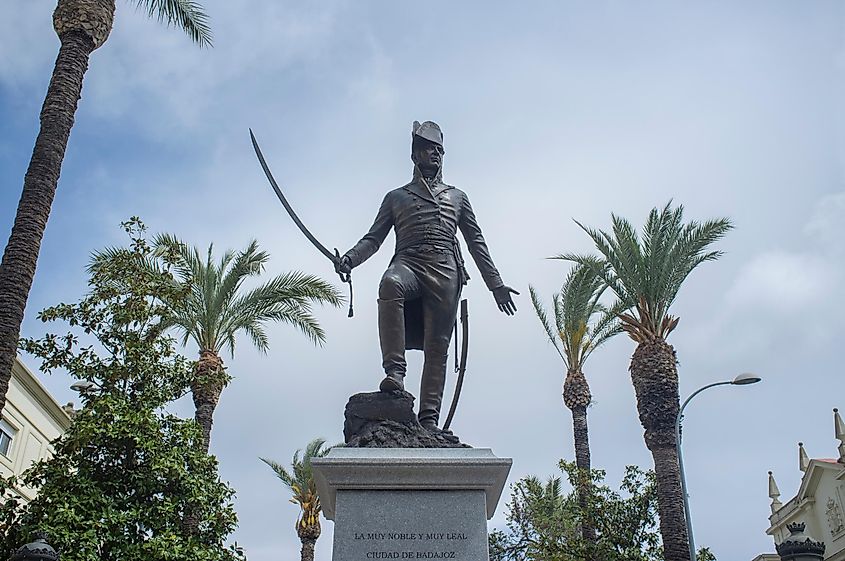
The key to economic warfare is total control of ports and markets. As Portugal still offered Britain aid, France invaded Portugal in 1807 with Spain’s permission, allowing the transit of troops. However, domestic unrest in Spain and disloyalty moved Napoleon to occupy Spain in May of 1808 and enthrone his brother Joseph Bonaparte as king. Revolts persisted, which resulted in French legions massacring entire towns. Other insurgency proved impossible, and Joseph was forced to evacuate. Britain attempted to intervene, campaigns for control of the peninsula continued, and ultimately resistance forces played a part in overthrowing Napoleon in 1814.
War of the Fifth Coalition
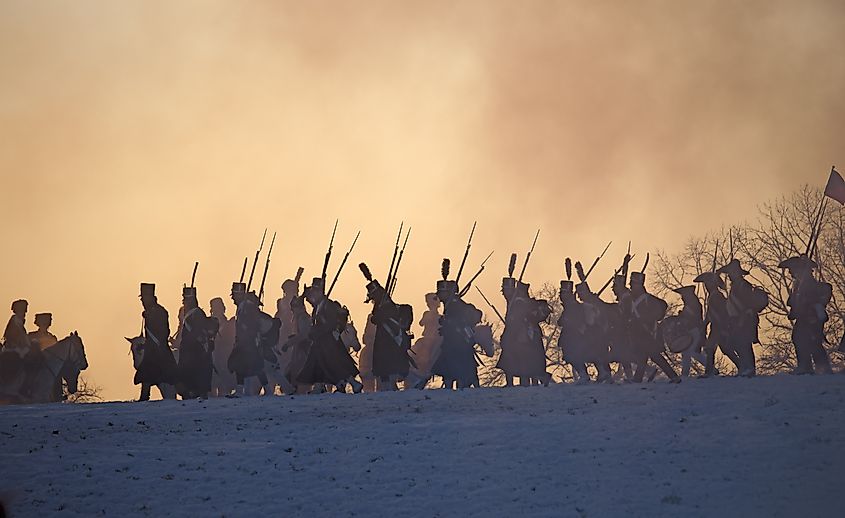
Austria took the helm of the War of the Fifth Coalition due to worries that their monarchy was not safe from French intervention, after having lost significant control in previous wars. After maneuvering and battling throughout Bavaria, Austria won a momentous victory against Napoleon at the Battle of Aspern-Essling in 1809, proving that the Emperor was not unbeatable. Still, the Austrian army was crushed at the Battle of Wagram, and despite heavy French losses, Austria soon surrendered. However, revolts across the Confederation of the Rhine revealed cracks in French rule, and Napoleon’s reputation was permanently damaged by the loss.
Invasion of Russia
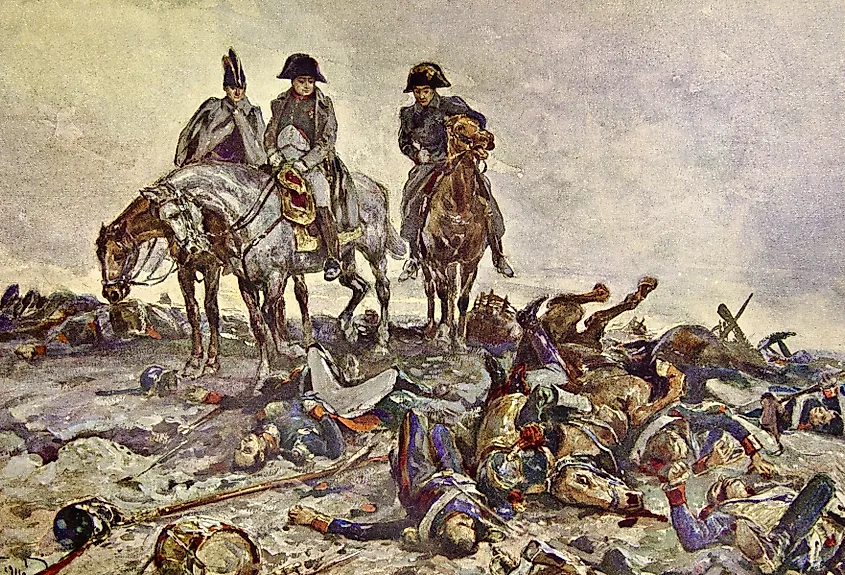
After pressuring France to remove troops from Prussia, and failing to take part in economic warfare against Britain, Russia was ripe to begin conflict with France. In characteristic fashion, Napoleon made the first move and pushed into the Russian border with 615,000 men in June 1812. The Russian Tsar, Alexander I, used tactical retreats to bring Napoleon deeper into Russia, and upon reaching Moscow, the French Emperor realized that it had been torched and abandoned on purpose. After lingering too long, the entrapped French army endured a brutal winter retreat to France, and only 100,000 survived. The cracks were showing, and France's enemies moved to take advantage.
War of the Sixth Coalition
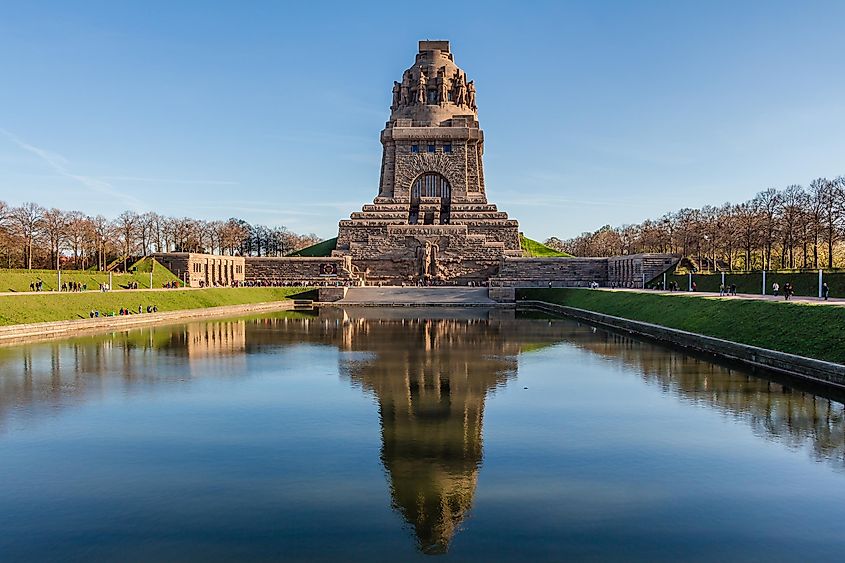
Also known as the Wars of Liberation, the Sixth Coalition was a partnership between Russia, Prussia, Spain, Britain, Portugal, Austria, Bavaria, and former French vassals in a million-man effort to overwhelm France’s initial forces of 850,000. The Battle of Leipzig in October of 1813 pushed the French army back into France and losses in the Iberian Peninsula and elsewhere allowed coalition forces to converge and take Paris. The French Senate declared Napoleon deposed, and although he wished to continue fighting, his marshals compelled him to abdicate on April 11, 1814. The French monarch, Louis XVIII, was restored to the throne, and Bonaparte was exiled to the island of Elba.
War of the Seventh Coalition
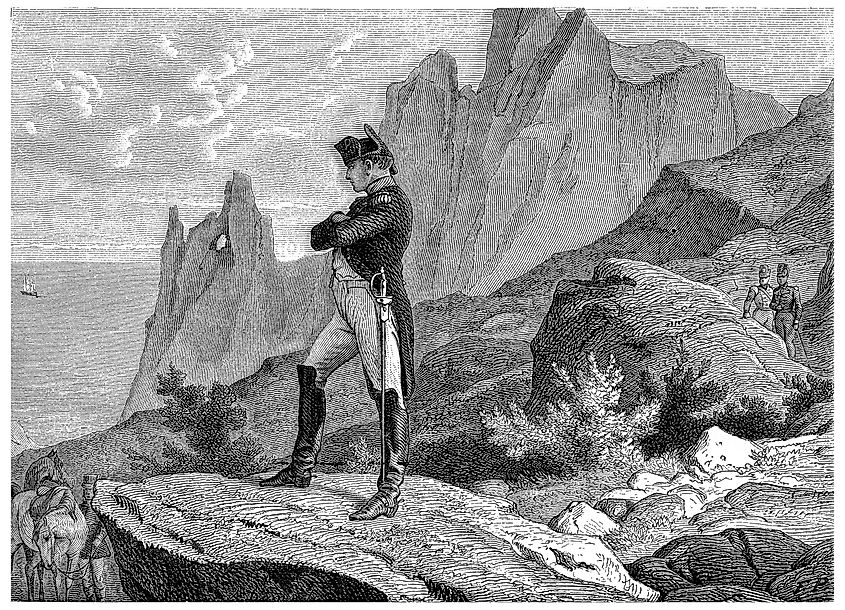
After nine months in Elba, Napoleon managed to raise an army, sneak past the British navy, and march to Paris. He retook it, and for a hundred days, Napoleon was again the Emperor of France. A seventh coalition began, made up of Austria, Britain, and many former vassals, enemies, and allies. The Battle of Waterloo was the decisive place of contention, and Napoleon lost in June of 1815, albeit only barely. Dethroned once again, with coalition forces occupying Paris by July 7th, Napoleon was imprisoned on the island of Saint Helena, an overseas territory of Britain, where he remained until his death six years later. France was heavily fined in the Treaty of Paris, and significant stretches of French colonies remained occupied by coalition regiments.
Conclusion
A consequential man who built France up only to break it against the collective will of Europe, Napoleon is an iconic symbol of French heroism. Although he was not necessarily a moral man with his restoration of slavery policies and reduction of women’s rights, Napoleon still managed to institute some ideals of the French revolution into his civil code of 1804. The Napoleonic Wars ultimately reveal that no amount of victories can triumph over a lack of allies while in a sea of enemies. This scale of death was not seen again until World War I, in which any lingering appeal of the “glory of war” crumbled once more.











